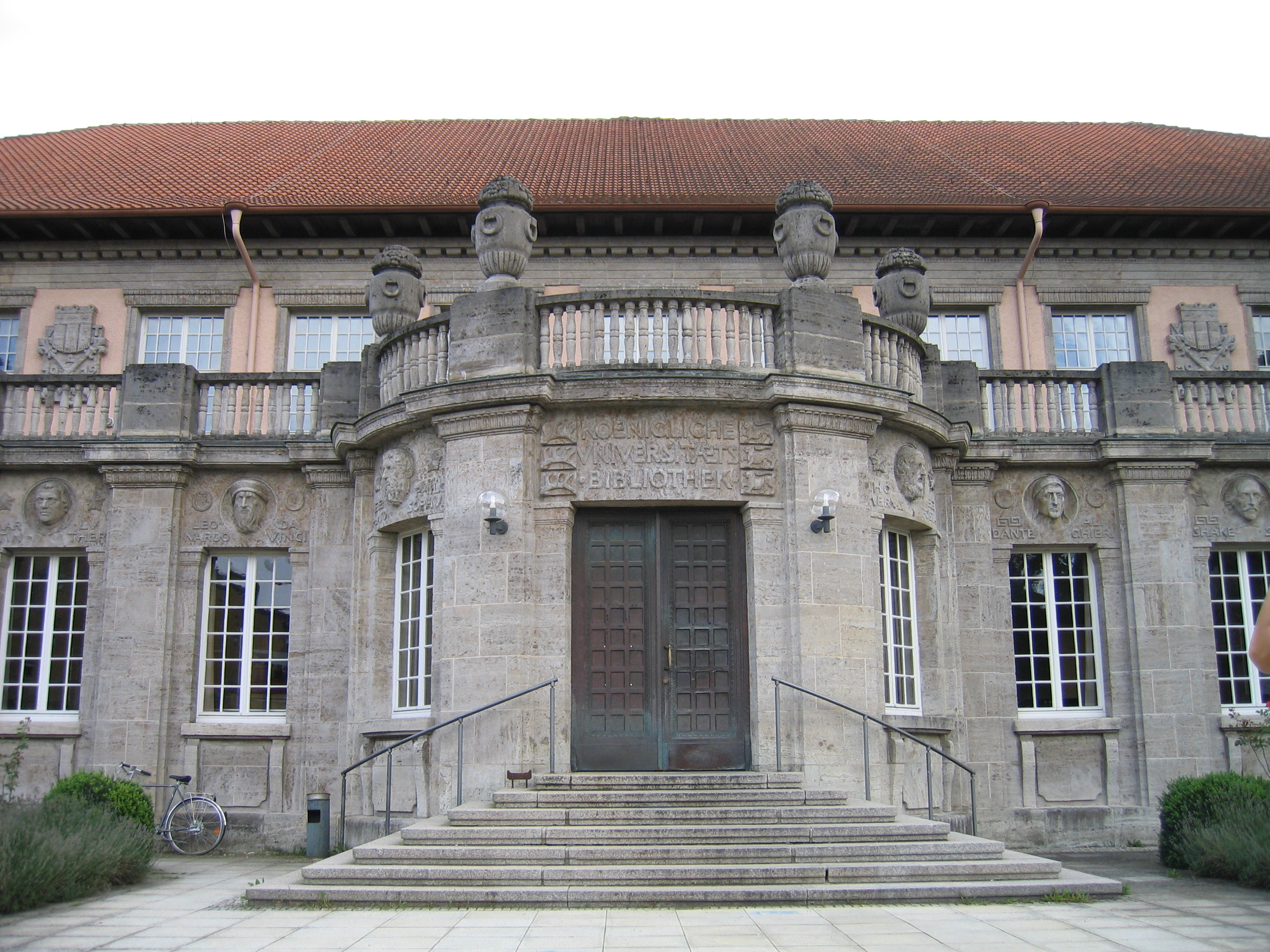A chapter from Ian Wilson’s
Jesus: The Evidence
But the incursion into theology of the increasingly scientific outlook of the age was not to be checked so easily, particularly among Protestants. Under the professorship of the redoubtable Ferdinand Christian Baur, a prodigiously productive theologian who was at his desk by four o’clock each morning, Tübingen University in particular acquired a reputation for a ruthlessly iconoclastic approach to the New Testament, an approach which spread not only throughout Germany, but also into the universities of other predominantly Protestant countries. Traditionally the Matthew gospel had been regarded as the earliest of the four New Testament gospels, and it went virtually unquestioned that its author was Matthew, the tax-collector disciple of Jesus.
In 1835 Berlin philologist Karl Lachmann argued forcefully that the Mark gospel, simpler and more primitive, was the earliest of the three synoptics. Lachmann became swiftly followed by scholars Weisse and Wilke, later in the century the argument was taken up by Heidelberg theologian Heinrich Holtzmann, and by the end of the century Mark’s priority (even though not without challengers to this day) had become the most universally accepted theological discovery of the age. And this raised immediate problems concerning the authorship of Matthew. The Mark gospel, which from internal and external clues was almost certainly written in Rome, ostensibly offers the least claim of all the synoptics to eyewitness reporting. Traditionally, Mark is claimed to have been at best some sort of secretary or interpreter for Peter. The connection with Peter, if it existed at all, cannot have been that close, however, for the Mark gospel exhibits a lamentable ignorance of Palestinian geography. In the seventh chapter, for instance, Jesus is reported as going through Sidon on his way to Tyre to the Sea of Galilee. Not only is Sidon in the opposite direction, but there was in fact no road from Sidon to the Sea of Galilee in the first century AD, only one from Tyre.
Similarly the fifth chapter refers to the Sea of Galilee’s eastern shore as the country of the Gerasenes, yet Gerasa, today Jerash, is more than thirty miles to the south-east, too far away for a story whose setting requires a nearby city with a steep slope down to the sea. Aside from geography, Mark represents Jesus as saying, ‘If a woman divorces her husband and marries another she is guilty of adultery’ (Mark 10:12), a precept which would have been meaningless in the Jewish world, where women had no rights of divorce. The author of the Mark gospel must have attributed the remark to Jesus for the benefit of Gentile readers.
Since it is demonstrable that the author of Matthew drew a substantial amount of his material from the Mark gospel, is virtually impossible to believe that the original tax-collector Matthew, represented as having known Jesus at first hand, and having travelled with him, would have based his gospel on an inaccurate work whose author clearly had no such advantages. Bluntly, the original disciple Matthew could not have written the gospel that bears his name. Whoever wrote it must have been later than Mark. As a result of such reasoning, the German theologians began increasingly to date the origination of all three synoptic gospels to well into the second century AD.
(To be continued…)
